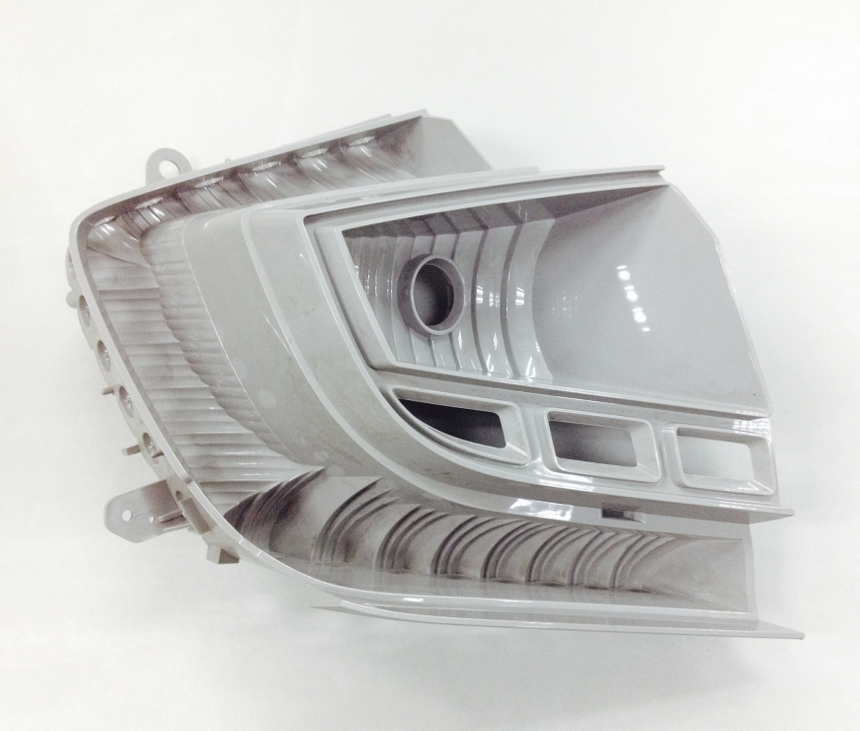|
Unlocking the Potential of Injection Mold Composites: Enhancing Efficiency and Performance Plastic component manufacture has been transformed by the versatile manufacturing technique known as injection molding. Injection mold composites have become a game-changing solution to further improve the capabilities of this technology. Manufacturers can gain better mechanical properties, shorter cycle times, better part quality, and more design flexibility by integrating various materials within the mold. This blog will examine the world of injection mold composites, including their advantages, drawbacks, and potential influence on the production of plastic components in the future. Understanding Injection Molding BasicsIt’s important to understand the basics of the injection molding procedure before delving into the specifics of injection mold composites. To create the desired shape, molten plastic material is injected into a mold cavity, cooled, and then solidified. This method is recognized for producing complex geometries with excellent precision, as well as for being effective, scalable, and efficient. Introduction to Injection Mold CompositesComposite injection molds, commonly referred to as hybrid molds, combine various materials within the mold’s framework. Numerous benefits are provided by this method, including increased strength, lighter weight, better thermal characteristics, and increased resistance to wear and corrosion. Manufacturers can modify the qualities of the molded components to satisfy certain requirements by combining various materials, such as metals, ceramics, or fibers, within the mold.
Benefits and Applications of Injection Mold CompositesIn several industries, injection-molded composites have many advantages. First and foremost, they make it possible to produce lightweight components, which makes them perfect for sectors like aerospace and automotive where weight reduction is essential. Second, these composites can increase part stiffness, strength, and impact resistance, resulting in products that are more dependable and long-lasting. Additionally, the adaptability of composite materials permits greater design freedom, enabling the development of complicated and sophisticated pieces that were previously difficult to produce. Challenges and ConsiderationsWhile injection-molded composites have many benefits, there are still obstacles to be addressed. The compatibility and adherence of various materials inside the mold are crucial factors. To maintain strong bonding and avoid delamination, proper material selection, and surface treatments are crucial. The use of various materials creates a production issue of its own because it necessitates careful management of temperature, pressure, and filling behavior to achieve uniform distribution of the components within the mold. Future Trends and InnovationsInjection-molded composites are a field that is constantly changing thanks to improvements in production processes and material science. High-performance composite component production is now possible thanks to advancements in multi-material 3D printing, in-mold sensing technology, and enhanced surface treatments. The incorporation of intelligent materials, such as shape memory alloys or self-healing polymers, has the potential to improve the performance and robustness of injection-molded products. Injection Mold Composites ConclusionThe manufacture of plastic components has undergone a paradigm shift thanks to injection moulding composites. Manufacturers can gain increased performance, higher part quality, and more design options by utilizing the synergy of various materials. However, a thorough grasp of material compatibility, process optimization, and design concerns is necessary for the successful deployment of injection moulded composites. Injection moulded composites will likely become more common in the future as research and development in this area flourish, revolutionizing industries and enabling the production of inventive and high-performance plastic components. |








